In the bowl are Golden Sweets snow peas, Laxton Progress shelling peas, Magnolia Blossom tendril peas, and Sugar Ann snap peas. First early harvest—if I keep them picked, they will keep producing!
Did you know that Thomas Jefferson’s favorite vegetable was peas? In his extensive gardens at Monticello, he grew 15 different types of peas during their 2-month season. With the plethora of pea cultivars now, the home gardener can, with a couple of tips, have peas almost all summer and well into the fall.
The first type of peas are Shelling or English Peas. This classic garden pea develops a tough parchment that makes the pods inedible, but the little treasures inside are tender and tasty if picked correctly. I loved shelling peas with my Grandma Mary on the back porch. When they were all shelled, she steamed them and made little dumplings swimming in a butter sauce. It’s why I plant peas today. I’ll share the recipe with you soon.
Next are Sugar Snap Peas that revolutionized pea growing when they arrived on the scene in 1979. You eat the fat juicy pods with the sweet peas inside, either raw or steamed, making for less prep time as you do not have to shell the peas.
The third kind of peas are the edible-podded Snow Peas. Don’t confuse them with snap peas, as snow peas are picked young and flat, before the peas develop inside, and are eaten pod and all.
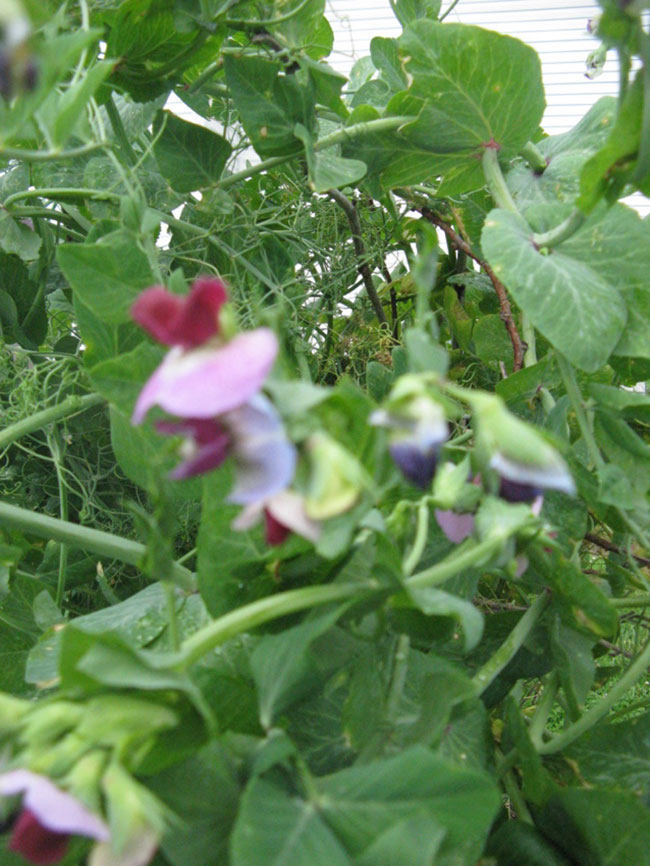
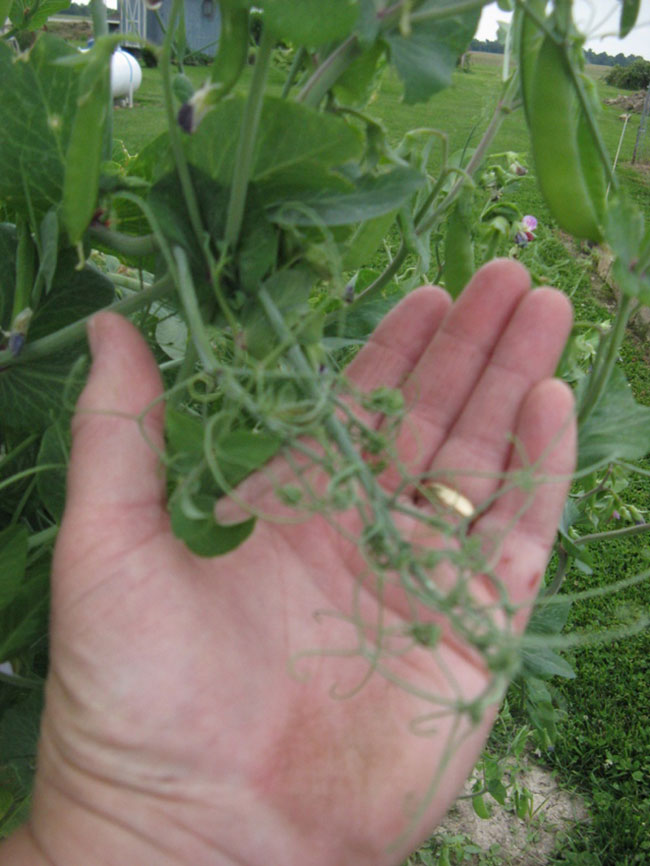
So, are you ready for more peas?
Tip # 1: Plant early and often. Don’t stop planting peas after you have the early spring peas in the ground. As soon as the ground has thawed, or with a mild winter as soon as you can identify a sheltered microclimate, plant a classic early shelling pea like Alaska. They take 50-60 days, which is great for short-seasoned areas. Sugar Ann or Super Sugar are early edible-pod peas ideal for containers and small gardens. Avalanche or Oregon Sugar Pod II are early snow pea cultivars. Don’t stop there. A few weeks after getting the first crop in the ground, go for a second and a third crop using a heat-tolerant variety like Cascadia or Miragreen.
Tip #2: Find out the fall frost date for your area. In southern Illinois, the fall frost date for my county is Oct 5. By planting again in midsummer, you can enjoy a final flush of fresh peas in early fall. Here, we need to get the fall harvest planted 8 to 10 weeks before the average first frost date. Peas react differently to a fall frost than they do to cold in the spring. In spring, as the days rapidly grow longer, the young plants thrive in the cold and can tolerate heavy frost and snow. The fall cold snap can kill blossoms. Winter blisters the pods and can take out the vines in just a few hours. Floating row-cover can come to the rescue to ward off early frosts and buy fall peas time enough for a harvest. The new semi-leafless varieties like Novella, with their tough tendrils, are well-suited for use under row covers.
This new semi-leafless or tendril pea is an innovation in sugar snap pea created by selective breeding by Dr. Alan Kapuler. These new cultivars have enlarged tendrils in place of some leaves, which allow better air flow that reduces disease. Having fewer leaves helps the plant resist powdery-mildew, making this new cultivar prefect for humid, wet growing conditions and fall plantings. The best part of the tendrils is that they taste amazing!
Peas come in not only the standard green color, but yellow (Golden Sweet) and violet-blue pods (Blauwschokkers), which are fun to grow in a children’s garden. I love the crunch of the tendrils in fresh salads. If you have never planted snap or snow peas, I hope you drop in to your local Buchheit store and spend some time in their seed sections. They carry an impressive display of not only hybrid, but also heirloom seeds for your gardening pleasure.
Be blessed! Anne May

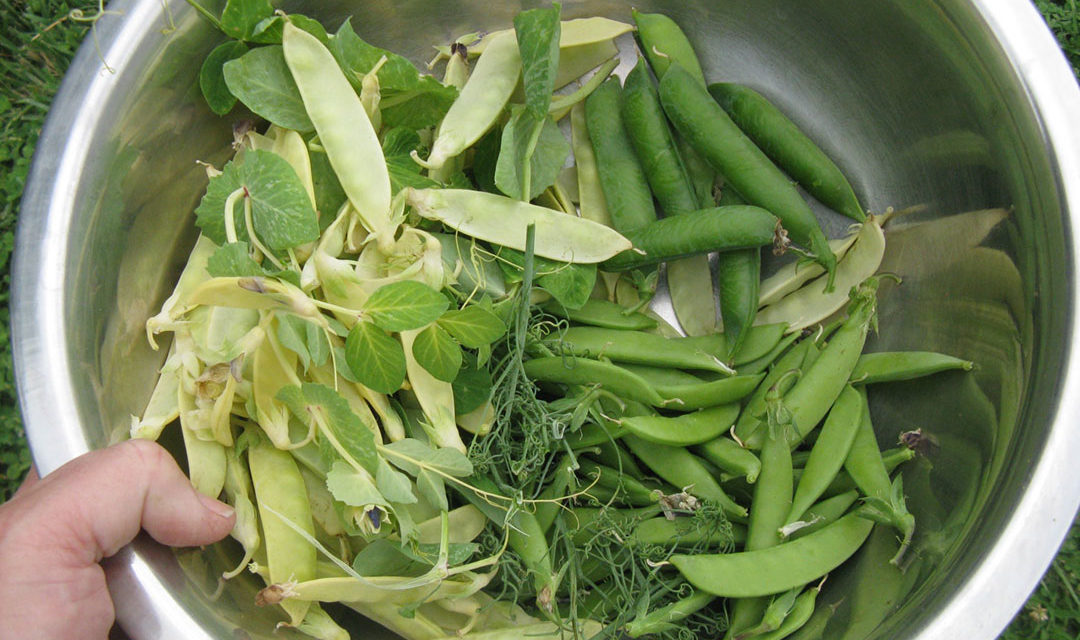
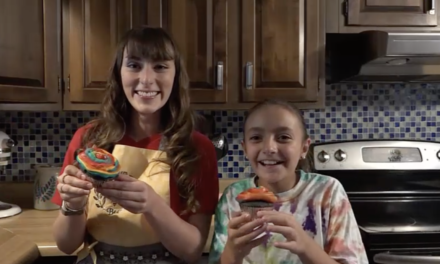
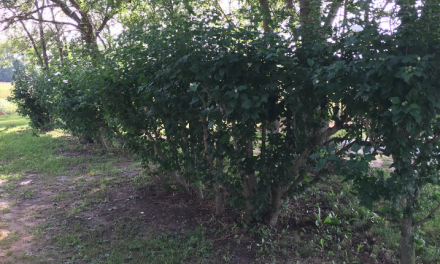
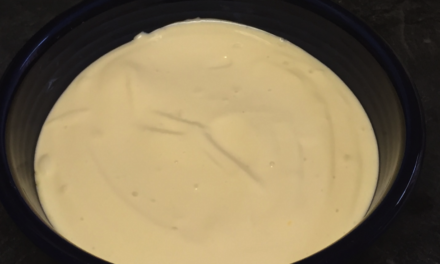
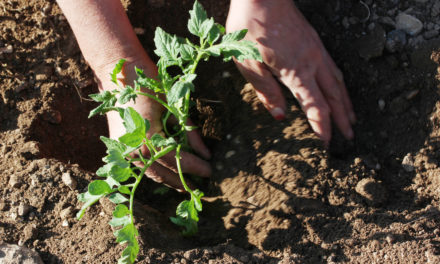

Thanks for the article, Annie. As a kid, we always grew sweet peas because they’re the April birth month flower.